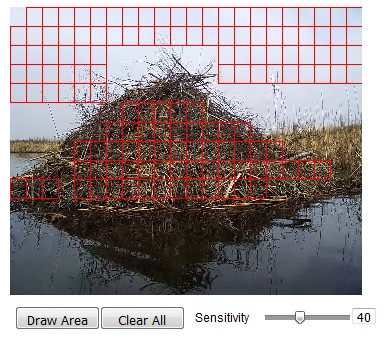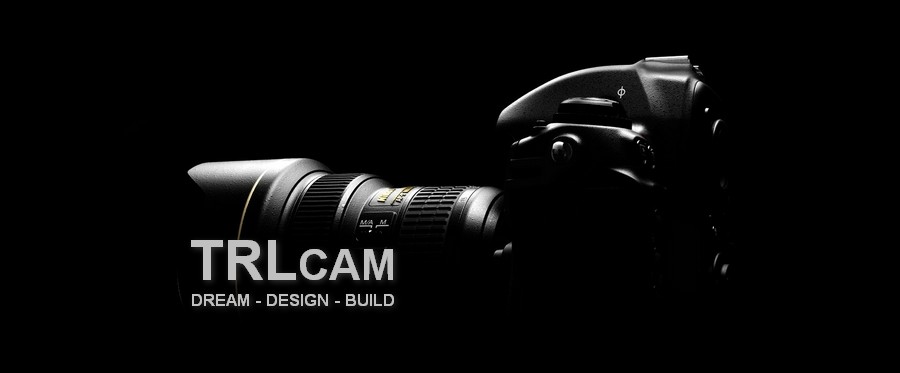IP security cameras have come a long way in the last few years. Many of the new models will record HD or even 4K video. Here are a couple sample videos using an inexpensive IP security camera made by Hikvision.
Many cameras have built in IR emitters that enable the camera to be used at night.
The camera is powered using POE or power over Ethernet. A network cable is connected to the camera and run to a power source within 300′ of the camera. The camera draws about 500mA during daytime use and 1000mA at night or while the IR LEDs are illuminated. So a power source utilizing a battery and solar panel works well. If internet service is available the video can bee seen live with any internet browser.
Configuration of the camera is done by connecting a computer to the LAN cable and navigating several menus. A working knowledge of IP networking is very helpful and will make the setup process much easier. With this particular camera you have the ability to set the frame rate, bit rate, video quality, resolution and encoding format. There are many adjustable parameters for the image. Brightness, contrast, saturation, sharpness, exposure and white balance are a few..
Motion detection is done through pixel monitoring and activating the video recorder upon pixel change. Image masking is configurable to allow only motion in a preset area to initiate recording.

The main advantage of this method is motion can be hundreds of yards or more away and still be detected and recorded by the camera. In the example image to the right, the red squares define the area that will be monitored. The camera will not pick up the waves on the water or the blowing of the reeds on the shore line. Using this method I have recorded falling stars and other motion that would have never been possible with passive IR or active IR.
This camera has an internal slot for a micro SD card. Motion initiated video and still images can be written to the card and retrieved later. The camera is constantly recording video to an internal buffer. When motion is detected the camera goes back a few seconds and starts recording at that time. The video below will give you an idea of how that works. The amount of “look back” time is configurable by the user. Also configurable is the amount of time the camera records after motion is not detected.
With a little waterproofing, the camera can be used underwater.
The above videos are used with permission of photographer Michael Forsberg and the Platte Basin Timelapse project.
————————————————————————————————————————–
